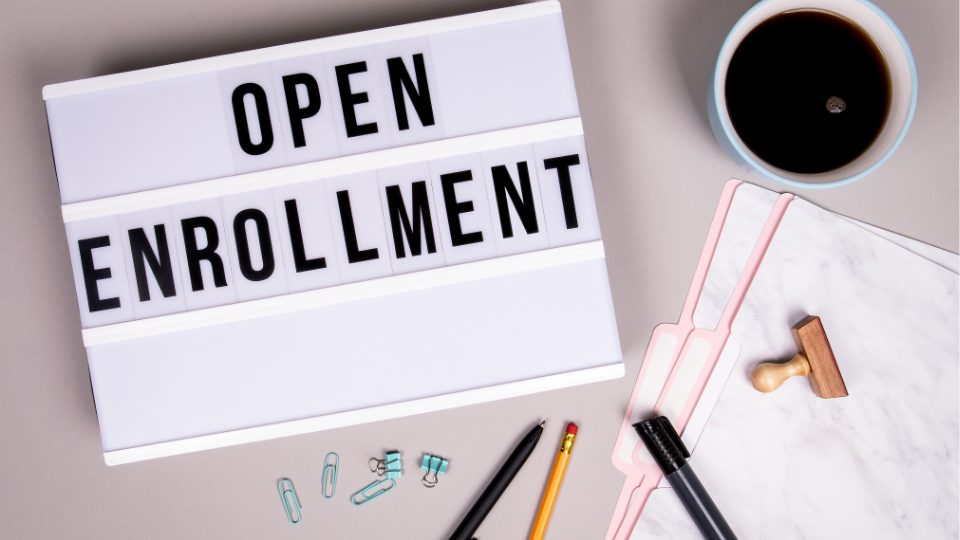If you are enrolled in Part D Part D, also known as the Medicare prescription drug benefit, is the part of Medicare that provides prescription drug coverage. Part D is offered through private companies either as a stand-alone plan, for those enrolled in Original Medicare, or as a set of benefits included with a Medicare Advantage Plan. and having trouble affording your prescriptions or finding plans that will cover your drugs, there are several ways you may be able to fill the gaps in your coverage:
- Apply for Extra Help. This federal program helps pay for some to most of the out-of-pocket costs Out-of-pocket costs are health care costs that you must pay because Medicare or other health insurance does not cover them. of Medicare prescription drug coverage.
- Check for State Pharmaceutical Assistance Programs (SPAPs) in your state. These programs help residents pay for prescription drugs. Each program works differently, and not all states have SPAPs.
- Keep your retiree drug coverage. Talk to your or your spouse’s former employer to find out if your retiree drug coverage will fill gaps in Medicare’s prescription drug benefit.
- Buy an enhanced Part D plan. Enhanced plans charge higher monthly premiums than basic plans but typically offer a wider range of benefits. For instance, these plans may not have a deductible The deductible is the amount you must pay for health care expenses before your health insurance begins to pay. Deductible amounts can change every year. and may have a broader formulary The formulary is the list of prescription drugs covered by a Part D plan or Medicare Advantage Plan. If your drug is not on the formulary, you may have to request an exception, file an appeal, or pay out of pocket. . Some of these plans may also cover excluded drugs. Benefits vary by plan.
- Join a Medicare Advantage Plan that offers drug coverage with lower out-of-pocket costs. Medicare HMOs, PPOs, and other private health plans may offer drug coverage that lowers your up-front costs (such as the deductible). However, you will need to look at more than just the plan’s drug coverage: Also make sure the plan covers your preferred doctors and hospitals at a cost you can afford.
Keep in mind that after reaching $2,000 in out-of-pocket drug costs you pay $0 for covered drugs for the rest of the year.
